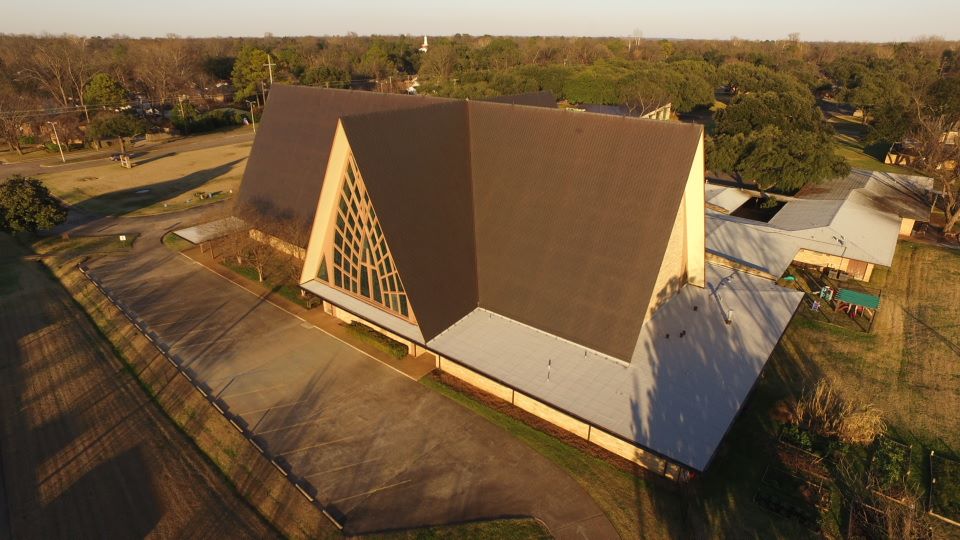When it comes to weather and water damage protection, your roof plays the most important role. It has to remain intact and damage-free to prevent the elements from impairing your interior and putting your safety at risk. Plus, your roofing system should resist both permanent and temporary loads. Its design, however, determines the limit of the load it can support, including the weight of the people working on it.

To help you understand this one important aspect of residential roofing installation, Alpine Roofing Construction discusses in detail the importance of roof load limits.
Dead Loads
This refers to the weight of the roof structure itself and the permanently installed materials. Your roof then needs to be built to support itself. Normally, the dead load of a typical asphalt shingle roofing system with wood frames is 15 pounds per square foot. A clay-tiled roof, on the other hand, has a dead load of 27 pounds per square foot.
Live Loads
What are live loads? These refer to the weight of temporary objects on the roof. You may consider the weight of the people working on your roof and their equipment as live loads. Typically, residential roofing systems can support 20 pounds per square foot of live load plus the dead load.
Uplift Load
The wind’s energy spread upward and downward along the wall when it hits the exterior of a building. The upward movement of the wind exerts an uplift load on the roof, in which it has to resist this uplift. Most uplift load limit assumes a maximum wind speed of about 90 miles per hour and expects a load of 20 pounds per square foot.
Entrust your residential roofing installation to a trusted roofer like Alpine Roofing Construction. We offer high-quality roofing systems that can boost your home’s energy efficiency and curb appeal. Call us today at (214) 380-4607. We serve homeowners across Texas, particularly Dallas, Fort Worth, and Arlington, TX.
